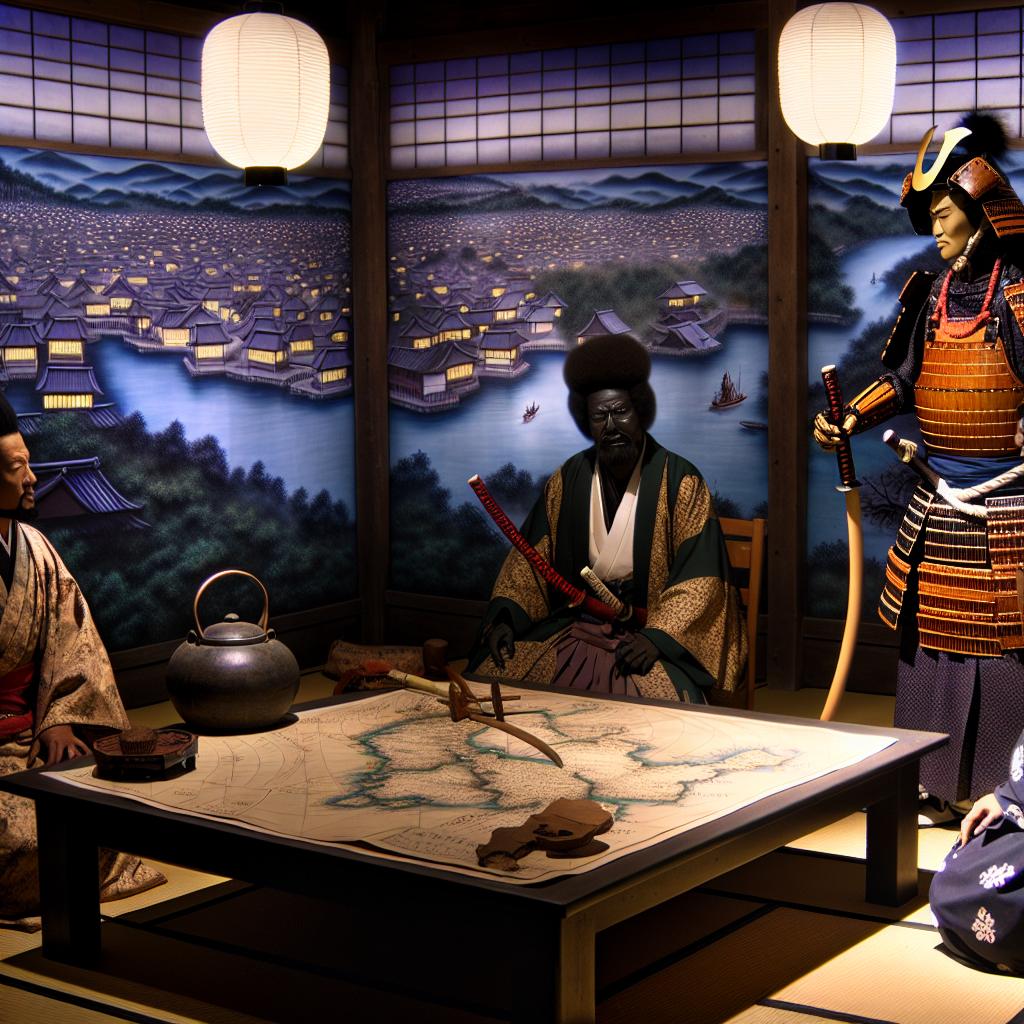The Emergence of Ronins in the Late Edo Period
During the late Edo period, Japan existed as a feudal society dominated by the Tokugawa shogunate. This era was characterized by a well-defined social hierarchy, where the samurai class held significant influence and prestige. These samurai served as the military nobility and often had allegiances to a local lord or daimyo. However, the prolonged peace initiated by the Tokugawa shogunate created an unprecedented situation for these warriors, resulting in many finding themselves without lords to serve. This shift created a new class of samurai known as ronins, or masterless samurai, who navigated a society in transition.
Economic and Social Displacement
A primary reason for the emergence of ronins was the end of continuous warfare, which drastically diminished the demand for military service. As a result, many samurai faced a challenge in maintaining their traditional roles, leading to a significant economic downturn for this warrior class. The societal structure that had supported samurai with stipends and land changed, leaving those without a daimyo vulnerable.
The transition not only had economic repercussions but also contributed to social displacement. Many samurai, trained primarily for combat and service to a lord, lacked the skills necessary to integrate into the different vocations that began to rise during this period of peace. This difficulty in finding alternative sources of income created a class of disenfranchised samurai grappling with financial instability. Unlike their peers who retained positions and stipends under a daimyo, ronins faced an uncertain future devoid of the societal prestige and financial security previously provided by their roles.
Ronins and Political Unrest
The existence of a growing group of disenchanted samurai coincided with increasing dissatisfaction with the Tokugawa shogunate. The shogunate’s handling of foreign relations became a contentious issue, especially with the arrival of Western powers and the signing of unequal treaties. These treaties imposed unfavorable economic and political conditions on Japan, causing widespread resentment.
Ronins became particularly active in expressing their discontent. Their marginalized status made them more inclined towards political activism as they sought a return to relevance. They vocally criticized the Tokugawa shogunate’s perceived weak stance against foreign encroachment and often found themselves at the forefront of protests and violent uprisings. This involvement positioned them as significant players in the growing political unrest that characterized the latter years of the Edo period.
The Role of Ronins in the Meiji Restoration
The culmination of political tension and social discontent during this time eventually led to the Meiji Restoration, a pivotal period in Japanese history. This era marked the end of the Tokugawa shogunate and the resurgence of imperial rule under Emperor Meiji. Ronins played a crucial role in this transformation, becoming key allies to those advocating reform and modernization. Their participation was driven by their dissatisfaction with the existing feudal system and an aspiration to recover their lost status.
One of the most significant contributions of ronins was their involvement in the sonno joi (revere the emperor, expel the barbarians) movement. This political movement merged nationalist ideas with anti-foreign sentiments and appealed to many ronins. They viewed it as a means to restore their status and address perceived injustices related to the shogunate’s foreign policies. Through the support of such movements, ronins helped catalyze a national shift towards restoring the emperor’s direct rule and modernizing Japan while aligning with a vision for the country that eschewed Western domination.
Legacy of the Ronins in Modern Japan
The influence of ronins extended beyond their instrumental role in the Meiji Restoration. The changes spurred by their involvement set a foundation for Japan’s rapid industrialization and its emergence as a formidable global power. However, this transformation also heralded the end of the samurai class as a prominent social entity. As Japan modernized, the traditional roles and societal structures that defined the samurai became obsolete, leading to the disbandment of this once-proud class.
Despite the disbandment, the legacy of ronins continues to permeate Japanese society and culture. Their story is emblematic of the broader socio-political changes Japan underwent during the 19th century. It serves as a historical reflection of how shifting economic and social dynamics can precipitate vast political change, shaping the destinies of nations and altering long-standing cultural identities.
In conclusion, the transition of ronins from marginalized samurai to pivotal political activists highlights the complex interplay of socio-economic factors and their role in precipitating the Meiji Restoration. Their participation emphasized the tensions that arise when traditional systems face the pressures of economic and social evolution. This period in Japan’s history underscores the significant impact disenfranchised groups can have on societal transformation, catalyzing changes that define future trajectories in both governance and national identity.

